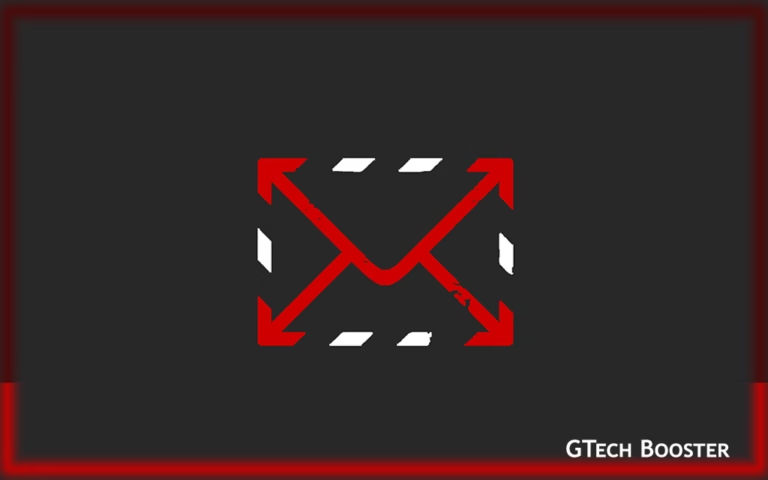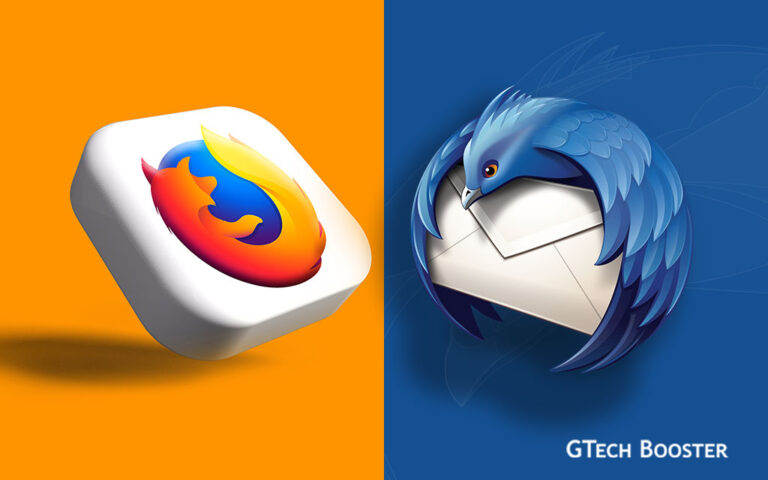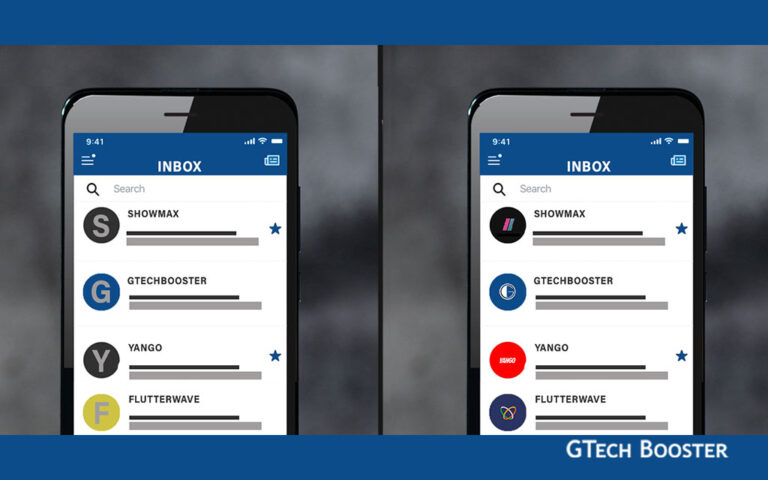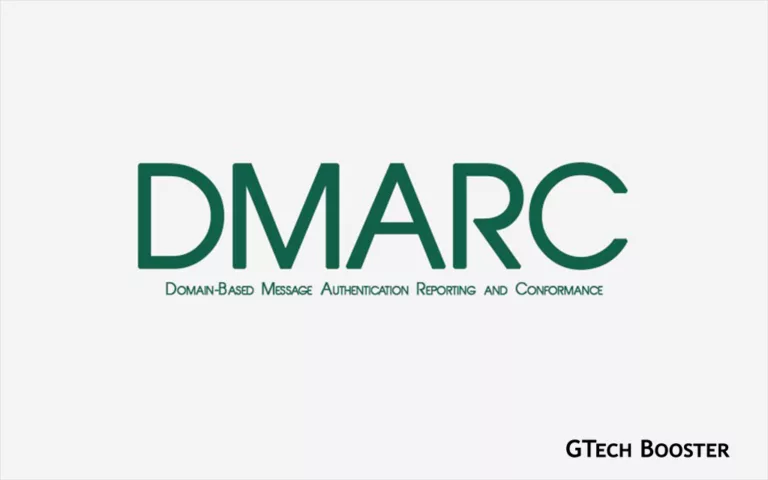The thin line between IMAP and POP
IMAP (Internet Message Access Protocol) and POP (Post Office Protocol) are two different protocols used for retrieving emails from a mail server. While they may seem similar at a glance, there are some key differences between them.

IMAP (Internet Message Access Protocol) and POP (Post Office Protocol) are two different protocols used for retrieving emails from a mail server. While they may seem similar at a glance, there are some key differences between them.
One of the main differences is that IMAP keeps your emails on the server, while POP downloads them to your local device. This means that with IMAP, you can access your emails from multiple devices and they will stay in sync, while with POP, your emails are only available on the device where they were downloaded.
With POP, once an email is downloaded to a device, it is removed from the server and can only be accessed from that device. In contrast, with IMAP, emails are synchronized across all devices that are connected to the account, so changes made on one device will be reflected across all other devices. This makes IMAP a more suitable protocol if you access your email from multiple devices.
Another difference is that IMAP also allows for real-time email notifications and faster access to large email accounts. IMAP allows for more advanced email management, such as the ability to create folders and move emails between them, while POP usually only allows for basic management like marking emails as read. In terms of security, IMAP is generally considered to be more secure than POP because it allows for encryption using SSL or TLS. However, this may not be a concern for everyone.
Overall, the choice between IMAP and POP depends on your specific needs and usage patterns. If you primarily access your email from a single device and value offline access, POP may be the best choice. However,
The choice between IMAP and POP depends on your individual needs and preferences. If you need to access your emails from multiple devices and want more advanced management options, IMAP may be the better choice. However, if you access your email from multiple devices and value real-time synchronization, IMAP may be the better choice. If you only use one device and prefer simpler email management or you primarily access your email from a single device and value offline access, POP could be the way to go.













